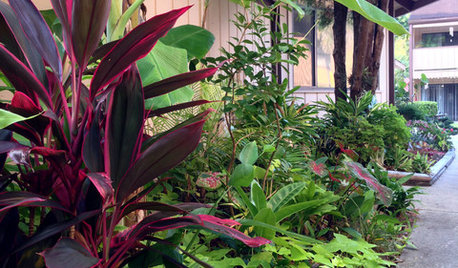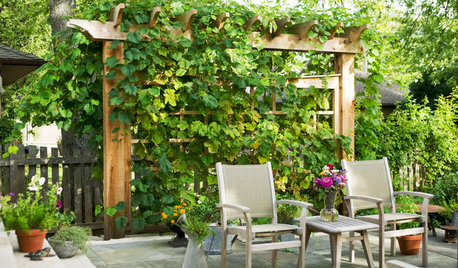How much Miracle Gro for potted figs
keepitlow
13 years ago
Featured Answer
Sort by:Oldest
Comments (18)
rafed
13 years agoRelated Professionals
Citrus Heights Landscape Architects & Landscape Designers · Barrington Hills Landscape Architects & Landscape Designers · Midland Landscape Contractors · Old Saybrook Landscape Contractors · Salem Landscape Contractors · Salem Landscape Contractors · St. Louis Landscape Contractors · Stony Brook Landscape Contractors · Vancouver Landscape Contractors · Hyattsville Decks, Patios & Outdoor Enclosures · South Miami Heights Decks, Patios & Outdoor Enclosures · Lake Jackson Fence Contractors · Monroe Fence Contractors · Novato Fence Contractors · Wake Forest Fence Contractorsoxankle
13 years agobjs496
13 years agodieseler
13 years agotapla (mid-Michigan, USDA z5b-6a)
13 years agokeepitlow
13 years agotapla (mid-Michigan, USDA z5b-6a)
13 years agokeepitlow
13 years agotapla (mid-Michigan, USDA z5b-6a)
13 years agomarc.o
13 years agotapla (mid-Michigan, USDA z5b-6a)
13 years agomarc.o
13 years agotapla (mid-Michigan, USDA z5b-6a)
13 years agomarc.o
13 years agotapla (mid-Michigan, USDA z5b-6a)
13 years agomarc.o
13 years agomarc.o
13 years ago
Related Stories

CONTAINER GARDENSSolve Your Garden Border Dilemmas With Planted Pots
Set your containers free from the patio — placed among plantings in the ground, they fill unsightly gaps, let you experiment and more
Full Story
CONTAINER GARDENSHappy Houseplants, Happy People
Potted plants add life and beauty to a room. Learn easy ways to keep them healthy
Full Story
HOUSEPLANTS8 Essentials for Healthy Indoor Plants
Houseplants add so much to our homes — and can thrive when grown in the right conditions. Keep these tips in mind
Full Story
GARDENING GUIDESCommon Myths That May Be Hurting Your Garden
Discover the truth about fertilizer, soil, staking and more to keep your plants healthy and happy
Full Story
MOST POPULARThe Perfect Houseplant for People Who Kill Houseplants
If you can fill a jar with water, you can keep golden pothos vine happy — and it will pay you back with cleaner air and a greener home
Full Story
GARDENING GUIDESMake Sure You Read This Before Buying New Plants
Follow these 10 plant-selection tips to avoid buyer’s remorse
Full Story
GARDENING GUIDESA Mom, a Garden and a Gift for the Neighbors
Gardening can be therapeutic in unexpected ways. See how one gardener found peace and purpose in a patch of Florida soil
Full Story
GARDENING AND LANDSCAPINGWorld of Design: 10 Home Gardeners Show Us Their Sweet Summer Harvests
From New York to Tokyo, these gardeners have turned their yards, terraces and rooftops into places of bounty
Full Story
PETSHouzz Call: Send in the Dogs
Have the greatest dog in the world? Share your best design photo featuring the dog you live or work with
Full Story
GARDENING AND LANDSCAPING10 Creative Ways to Bring Structure to Your Outdoor Room
Get a sense of protection and coziness with living walls, pergolas, planters and more
Full Story





dieseler